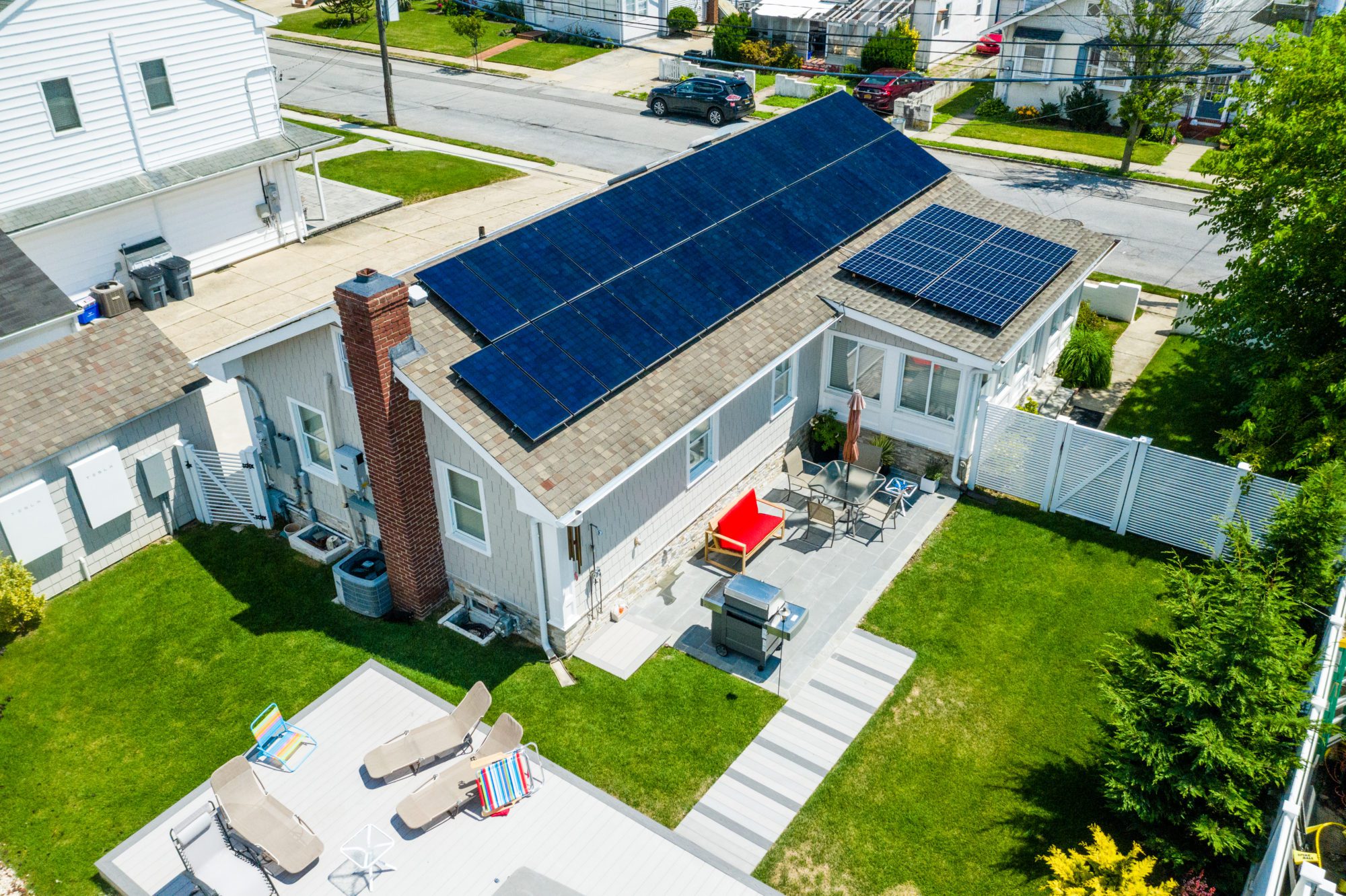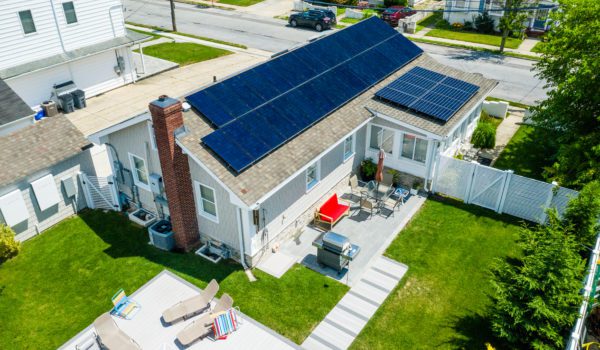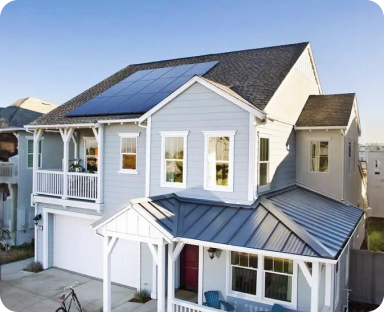

Depending on who you ask, fall is the best time in New York. The trees are beginning to change, the weather is still warm enough to go outside, and apple and pumpkin treats are everywhere. It also marks back to school time for all ages.
Whether or not someone in your family is going back to school this fall, September is the perfect time to learn something new- like solar.
Solar can help your home avoid rising costs, making it the best option for homeowners across Long Island and New York looking to save money on their electric bill. But before you go solar, it’s important to familiarize yourself with some of the most common terms.
As a refresher, solar energy works when the sun’s rays strike a piece of anti-reflective glass that is covering a thick copper plate which then absorbs the energy. That energy is then converted into electricity that can be used to power your home and charge your electric vehicle.
Parts of a Home Solar System
Solar Panels or photovoltaic (PV) panels are made of crystalline semiconductors that convert sunlight into electricity to be used in your home.
Solar Array/PV array describes a group of solar panels that generate electricity as a system.
Racking is the hardware that attaches the panels to your roof. They are sleek and minimal to keep the panels low profile and aesthetically pleasing.
A critter guard or squirrel guard is PVC coated aluminum fencing the wraps around your array to deter any wildlife, like birds, squirrels, or even raccoons, from making your system their permanent residence.
Inverters are devices that convert direct currents (DC) to alternating currents (AC) so that the electricity produced can be used to power your devices.
DC power stands for direct current. That’s when electricity only flows one way. AC power, or alternating current, means the power can go both ways. You need AC power in order to use electricity in your house.
Electrical equipment is an all-defining term used to describe the wires and conduits that will be used to connect the solar panels, inverter, and your electrical panels.
Balance of system is a term used to describe all parts of your system except the actual panels.
A Monitoring system provides a real-time visual of your solar system, as well as an estimate of bill savings and carbon dioxide emission reductions.. There are two parts to the system; Monitoring hardware collects information from the system’s inverters and sends it to the Monitoring software that can be used on your computer and cell phone to ensure that everything is working properly
Together, these are all parts of a solar system. And no, we don’t mean the planets in outer space. These are the actual parts of the machinery that help capture the sun’s energy and convert it into electricity.
Essentials for Solar Power
Irradiance is the amount of sunshine that is available at any given time.
Insolation is the amount of irradiance over a period of time.
Solar efficiency is the amount of sunlight that can be converted into usable energy.
Solar cell efficiency is how much energy a single cell (or module) can produce. What you really want to know is the solar panel efficiency. That measures how much electricity the whole panel will produce.
Solar Energy Production + Use
A Watt is the unit of measurement used to measure electricity.
A Kilowatt (kW) is equal to 1,000 watts.
Kilowatt-hours (kWh) measures the amount of energy used to keep an 1,000-Watt appliance running for one hour.
Energy produced is measured in kWh and is the first performance benchmark for your home solar system, since it measures the energy your system is actually producing.
Peak power production is the power being produced at any given time and is measured in kilowatts.
A load or peak load is the peak demand of energy at any given time.
Usage is how much energy you’re using.
Grid System + Net Metering
You might already be familiar with this term. A grid or electric grid delivers electricity to consumers from a source.
A grid-tied system or remains connected to the electric grid. This allows excess power to be sent to the grid and redistributed. It also allows the system owner to pull energy from the grid in the event that their system is underproducing at any given time.
Net metering is a billing mechanism that allows home solar owners to send extra power from their system in exchange for credits on their electric bill. The credits can be stored and used to cover bills through the winter months, when solar production is lower and power may need to be pulled from the grid.
Some people may also choose to install a home battery backup system like the Tesla Powerwall with solar panels. The Powerwall banks extra energy to use when you need it most, like in the case of a power outage.
Now that you’ve mastered the vocab, you can read more about different systems here.
Get started on your solar journey today
Solar energy could be the key to lowering your energy bill and reducing your carbon footprint. Contact us today to see if your home or business is eligible to start harnessing the power of the sun.
Get an estimate for solar and claim your energy independence.

Get an estimate for solar and claim your energy independence.
About the Author

Tara represents EmPower Solar as the Chair of the Long Island Solar & Storage Alliance where she is the government liaison for policy issues related to solar and energy storage. In 2018, Tara was named one of the Top 50 Women in Business by the Long Island Business News. She was also inducted into the Social Justice Distinguished Scholar Academy for her work in environmental justice issues in collaboration with Farmingdale State College.